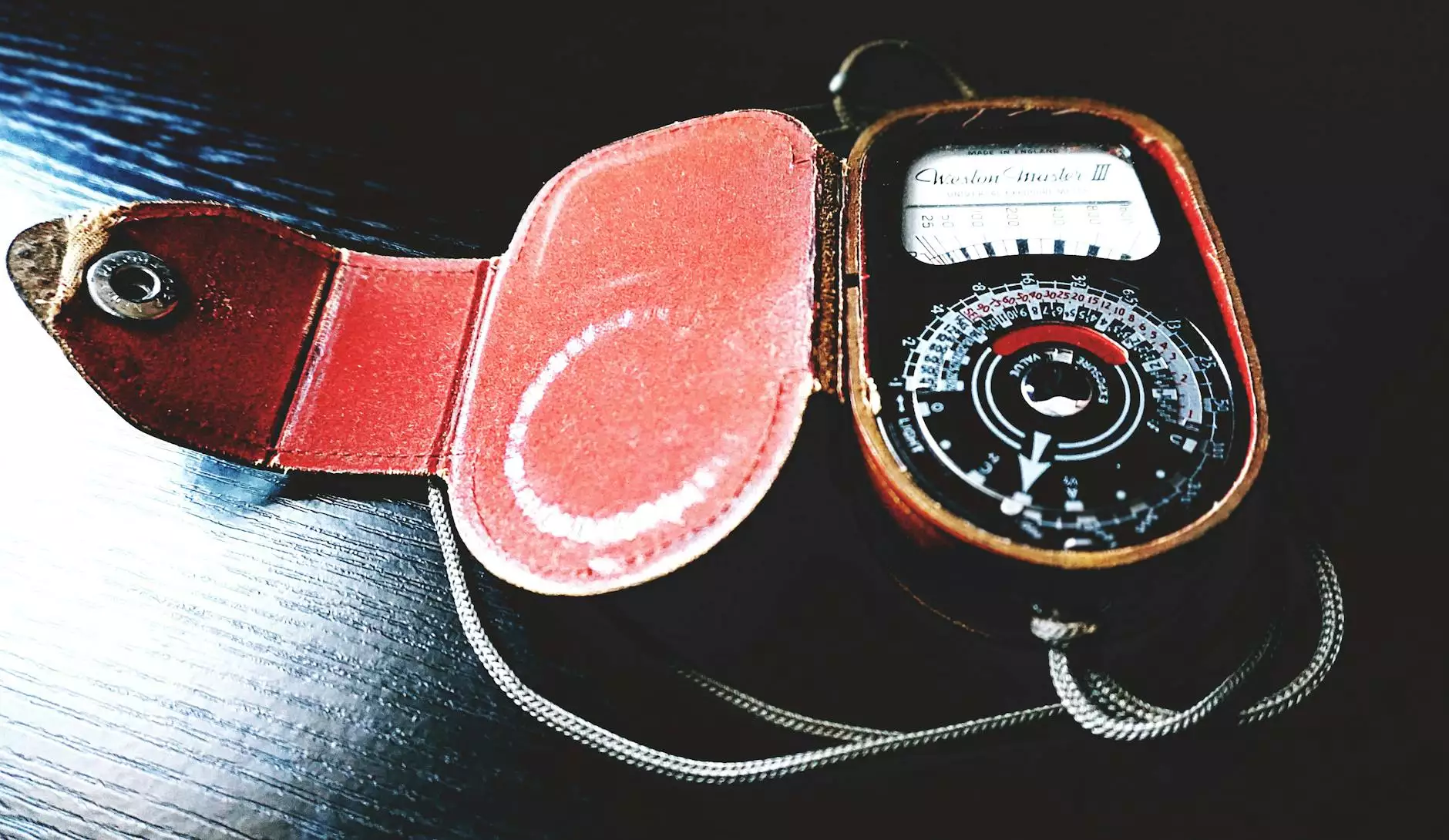The Intricacies of Irregular Meter in Music

Music is a universal language that transcends cultural boundaries. Among the myriad components that contribute to the richness of music, rhythm stands out as a fundamental element. Within this realm of rhythm, the concept of irregular meter captures the attention of musicians and listeners alike. This article delves deep into the essence of irregular meter, exploring its significance, applications, and the unique flavor it brings to various musical genres.
Understanding Meter in Music
To comprehend irregular meter, one must first grasp the basics of meter. In music, meter refers to the recurring pattern of stresses or accents that create a sense of movement in a piece. Traditionally, music is classified into various metrical patterns, predominantly in common time signatures such as 4/4 or 3/4. These time signatures consist of a set number of beats per measure, providing a predictable framework for composers and performers.
The Definition of Irregular Meter
Irregular meter, also known as asymmetric meter, is characterized by time signatures that do not conform to the standard patterns of regular beats. Instead of a set count that fits evenly into measures, irregular meter often features unexpected divisions that create a sense of surprise and intrigue. This can include time signatures like 5/4, 7/8, or even more complex combinations.
The Historical Context of Irregular Meter
The use of irregular meter is not a contemporary phenomenon; it has deep roots in various musical traditions around the world. From the folk music of Eastern European regions to classical compositions, irregular meters have provided artists with the means to express complex emotions and narratives. For instance, the Bulgarian folk music often employs odd time signatures, which can be quite challenging for performers but rewarding in expressive depth.
Influence of Irregular Meter on Classical Music
Composers like Béla Bartók and Igor Stravinsky famously integrated irregular meter into their works. Stravinsky's "The Rite of Spring," for example, is a hallmark of how irregular time signatures can evoke powerful emotional responses. The ability of irregular meter to disrupt expectations creates a dynamic listening experience that challenges both performers and audiences to engage on a deeper level.
Applications of Irregular Meter in Contemporary Music
As music evolved through the 20th century and beyond, irregular meter found its way into various genres, including jazz, progressive rock, and even modern pop. The fluidity and freedom offered by these unconventional time signatures inspire creativity and innovation. Musicians use irregular meters to:
- Enhance Emotional Expression: Irregular meter can serve as a tool for conveying complex emotions, allowing musicians to break free from the restraints of conventional rhythms.
- Challenge Performers: Compositions with irregular meters often provide a unique challenge for musicians, pushing their technical and improvisational skills to new heights.
- Create Unique Textures: By employing irregular meter, composers can craft distinctive musical textures that stand out in a crowded soundscape.
- Encourage Listener Engagement: The unpredictability of irregular meter can capture listeners' attention, making them more engaged with the music as they anticipate and react to rhythmic changes.
Examples of Irregular Meter in Various Genres
Jazz: The Playground of Irregular Meter
In jazz, the use of irregular meter is a hallmark of the genre's improvisational nature. Musicians often experiment with complex time signatures, creating intricate solos that weave through shifting meters. Artists like Dave Brubeck, in "Take Five," which is in 5/4 time, showcase how irregular meters can be both accessible and innovative, enthralling audiences while challenging traditional musical norms.
Progressive Rock: Breaking Norms
Progressive rock bands, such as Tool and Dream Theater, frequently utilize irregular meter to construct complex compositions that defy typical song structures. The nature of progressive rock lends itself to lengthy instrumental sections where time signatures may change unexpectedly, evoking a sense of journey and exploration.
Ethnic Music: A Rich Tapestry of Rhythm
Various ethnic music traditions, particularly from regions like the Middle East, Africa, and Eastern Europe, make widespread use of irregular meter. The rich tapestry of rhythms in these cultures often includes intricate patterns that challenge Western notions of rhythm and meter, providing a broader understanding of how music can be structured.
The Creative Process: Composing with Irregular Meter
For musicians and composers looking to integrate irregular meter into their work, the process can be both exciting and daunting. Here are some techniques to consider when composing with irregular meters:
- Start Simple: Begin with a simple irregular time signature, such as 5/4 or 7/8, and build your composition around it.
- Use Polyrhythms: Layering different rhythmic patterns can create a more complex texture, enhancing the feel of irregular meter without overwhelming the listener.
- Experiment with Accentuation: Place accents on unconventional beats to highlight the irregular nature of the meter.
- Incorporate Improvisation: Give musicians the freedom to improvise within the irregular meter, allowing for organic developments and surprises.
Challenges of Writing in Irregular Meter
While irregular meter can enrich a musical composition, it also poses certain challenges:
- Performance Difficulty: Musicians may find it challenging to adapt to irregular meters, necessitating extensive practice and a keen sense of rhythm.
- Listener Accessibility: Some listeners may find irregular meters disorienting, potentially affecting the overall reception of a piece.
- Complex Notation: Writing and reading music in irregular meters can become cumbersome, demanding precise notation to communicate the intended rhythms effectively.
The Future of Irregular Meter in Music
The trajectory of irregular meter continues to evolve as artists explore new musical landscapes. As technology progresses, we see cross-genre collaborations flourish, integrating diverse influences and rhythmic patterns. This evolution ensures that irregular meter remains a vibrant and essential aspect of music, challenging established norms and inviting innovation.
Conclusion
In conclusion, irregular meter represents a bold, expressive tool in the realm of music. Its historical roots, present applications, and future possibilities open up a world of creative potential for musicians of all genres. As we move forward, the influence of irregular meter will certainly shape the musical landscape, inspiring both seasoned composers and budding artists to explore the rhythm of their own unique voices.









